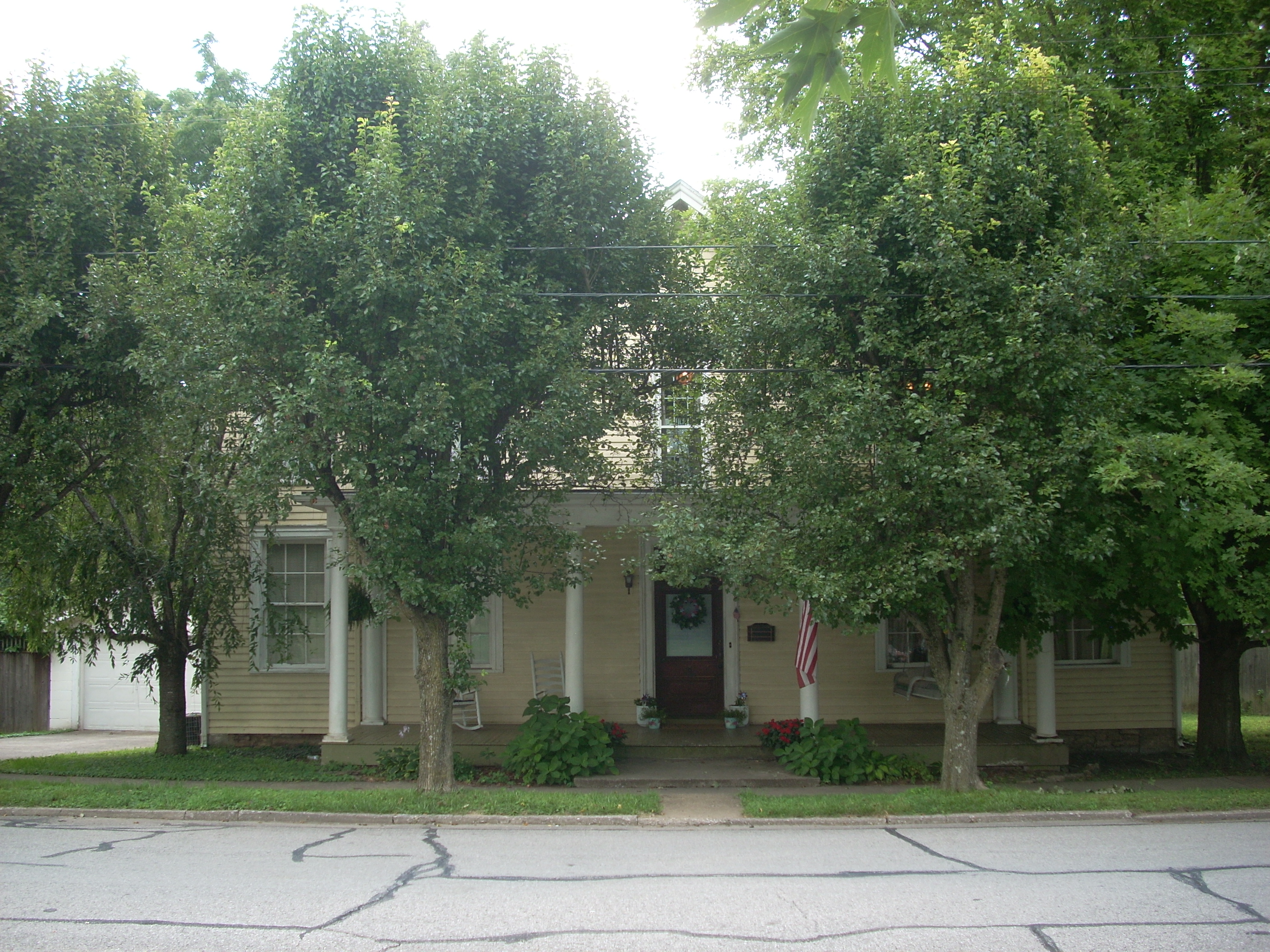Antebellum Winchester: Local pre-Civil War houses
Published 6:00 am Saturday, August 5, 2023
|
Getting your Trinity Audio player ready...
|
By Harry Enoch
Contributing Writer
Winchester grew slowly from a near wilderness in 1793. From a population of 539 reported in the 1810 census, the town could only count 1,142 residents fifty years later, just prior to the Civil War. It is not too surprising then that very few houses survive from that era. I have attempted here to identify each of them within the present city limits.
Holly Rood, 28 Beckner Street
The most familiar antebellum house is the Clark Mansion, better known as Holly Rood, the home of James Clark (1779−1839). During his illustrative career, Clark served as a Kentucky legislator, circuit court and court of appeals judge, and Congressman before becoming Kentucky’s 13th governor in 1836. Holly Rood, completed for him in 1814, later served as the residence of Samuel Wheeler. His daughter Mattie kept her famous journal here during the Civil War. Later the home of the Clark County Board of Education. Now the headquarters of the Clark County-Winchester Heritage Commission.
Barbee House, 115 South Main Street
The Barbee House, standing on the east side of Main Street at the intersection of Ogden Court, is better known today as the Ogden House. Long-time owner, William B. Ogden used the place for his home and photography studio. The house was put up by Dr. Thomas Barbee between 1815 and 1817. He sold the house to Richard French in 1819 and moved to Bourbon County.
Taylor House, 315 South Maple Street
Samuel M. Taylor (1785−1853) built his home on South Maple soon after the purchase of the land from Winchester founder John Baker. Appointed circuit court clerk of Clark County in 1803, Taylor served in that office for forty years. He died unexpectedly while on a visit to Louisville and is buried there in Cave Hill Cemetery. In 1859 James W. Ballard bought the house and surrounding farm. His widow sold the property in 1888 to H. P. Thomson who laid it out as the Thomson Subdivision.
Hood House, 19 French Avenue
The renowned Clark County physician, Dr. Andrew Hood (1796−1859), was the grandson of Andrew Sr. who established Hood’s station in 1785. Three of Andrew’s sons were also physicians. Andrew built his mansion on a hilltop located within his 325 acre farm and kept an office in a small building behind the house. Andrew’s son-in-law, Col. Joseph T. Tucker, occupied the place after the Civil War.
Burns Place, 124 South Burns Avenue
The house known as Burns Place was erected by Silas W. Robbins or Enoch Worthen between 1814 and 1817. Subsequent owners include some well-known Winchester figures: Benjamin H. Buckner, Samuel Wheeler, Washington Miller Sr., and prominent local attorney George Smith. Smith’s heirs sold the house to Bettie Burns in 1870. She lived there until her death in 1901. Her heirs divided the property into 30 lots, which became the Burns Addition. Later owners of the house included Vic Bloomfield, Zol Amster, and J. Smith Hays Jr.
Hickman House, 31 West Hickman Street
In 1814 John Couchman erected the house at the corner of Maple and Hickman for use as a tavern. A year later he sold the property to William Hickman (1788−1864). He was one of Clark County’s earliest furniture makers. Hickman’s unmarried daughter Nannie resided there her whole life, 1827–1910. In 1908 the house was sold to a local attorney, Stephen T. Davis, who had married Hickman’s great-granddaughter, Susan McKinley. Their granddaughter, Lucy Koella, sold the house to Clark County National Bank (later First Security) in 1982. At that time the house had been in the Hickman family for six generations or 167 years.
Hawes House, 19 Alabama Avenue
Richard Hawes (1797−1877) opened a law practice in Winchester in 1824. He soon formed a partnership with Benjamin H. Buckner to operate the rope walk of bankrupted David Dodge. Hawes sold his interest to Buckner but continued to live in the residence on the property at the corner of Hickman and Highland Street. The house was moved to Alabama Street in 1908 to make room for the First Christian Church. Hawes later became the 2nd Confederate Governor of Kentucky, 1862–1865. The house could date to an earlier date as Dodge himself lived in a residence on the property in 1811.
Bush-Hampton House, 511 Boone Avenue
The Kentucky Heritage Commission dated this house to around 1840, possibly as early as the 1820s to 1830s. They speculated it was built as a farmhouse for Ambrose G. Bush (1823−1903), who served as the clerk of Providence Baptist Church for over half a century. KHC further reported that Lewis Hampton bought the house in 1848 and lived there until at least 1883. This seems to be at odds with other data. The 1861 map of Clark County shows Ambrose G. Bush as the occupant of the house, which he deeded to Lewis Hampton in 1866. Hampton died in 1872.
Along with the Clark County Courthouse, these treasured Winchester houses are listed on the National Register of Historic Places: Holly Rood, Hickman House, and Hood House.












